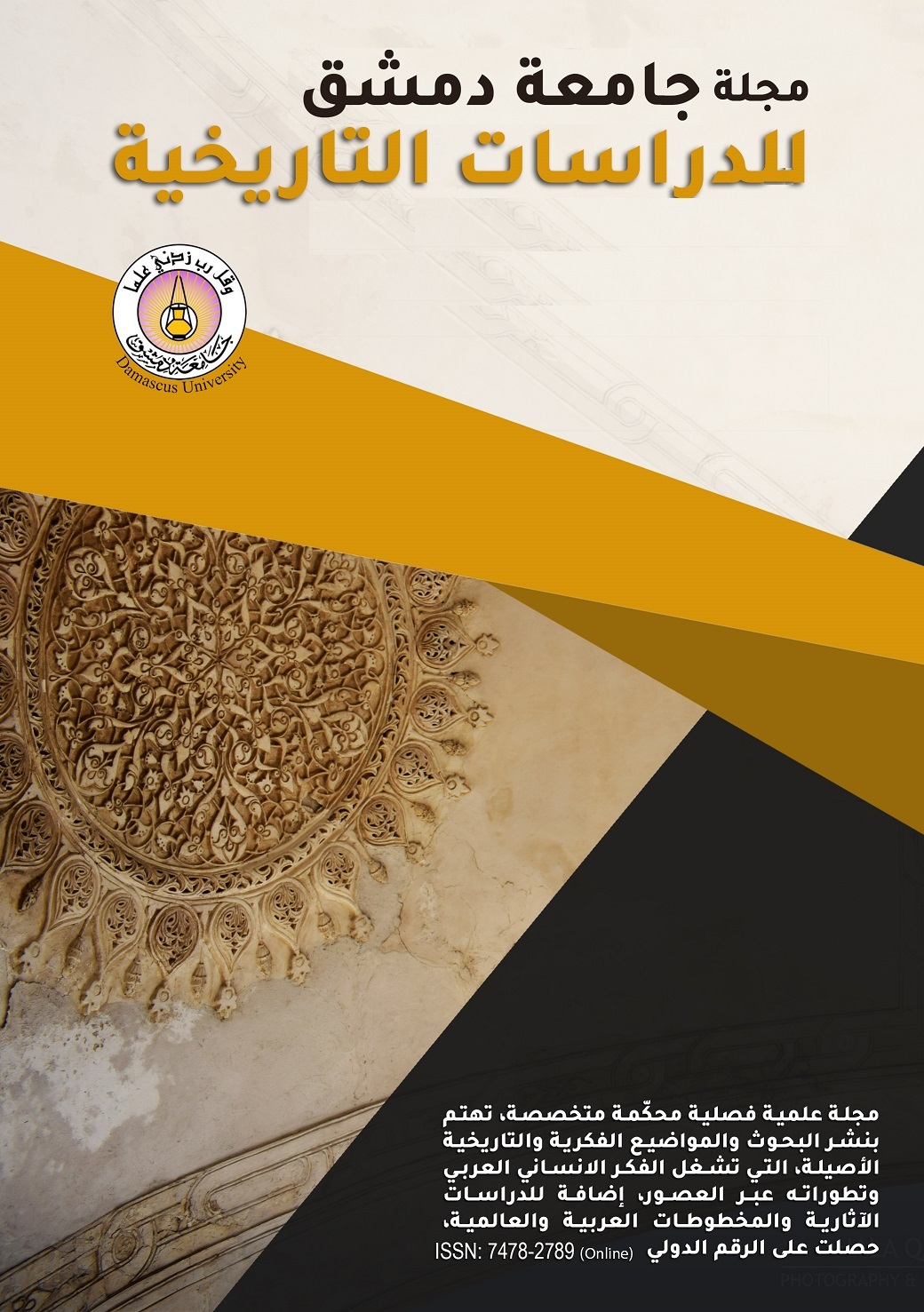منازل عمال الأهرامات في الدولة القديمة (2200-2050ق.م)
Abstract
The importance of this research was given to studying the social aspect of the pyramids workers in the Old Kingdom, as recent archaeological discoveries showed the existence of houses for the workers of the pyramids and that the workers of the pyramid groups of King Khufu, Khafar and Menkaure lived in one camp. This camp was specially prepared for workers who came from places far from the pyramids site. As for those whose housing was close to the place of work, they would return to their homes and were not forced to reside in houses designated for them on the construction site. Archaeologists also indicated that there are private buildings for the nobles and supervisors that stand on their own, and each of the two buildings is separated by a common wall. The artists were allocated larger and more comfortable housing as an upper class in which they lived with their families. The village in which the artists and supervisors lived is located at the eastern edge of the pyramids, and 36 houses of the supervisors have been found so far. The housing stock varied in the location of the Giza pyramids, including ordinary homes, which were described as simple. In terms of construction and planning, other houses consist of a hall surrounded by rooms and consisted of two floors at times. As for the officials’ houses that were found in the western residential city, they consisted of two large rooms, small reception rooms, a large main room, and mud-brick benches, and it is very similar to the existing terraces in the homes of the Egyptian countryside now.

